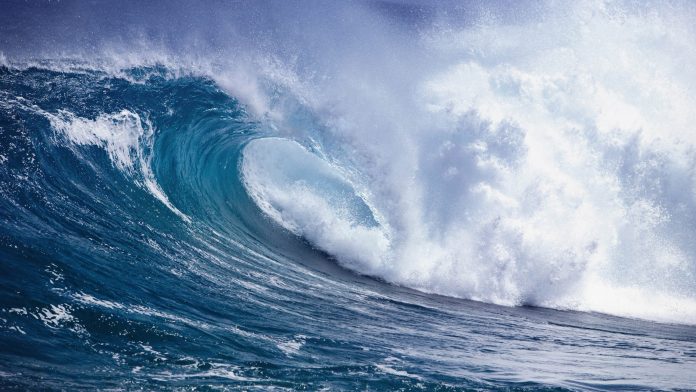Scientists at McGill University made a sensational discovery, exploring the ecosystem of the early Cretaceous, which existed about 130 million years ago. They restored the food chain of the ancient ocean and found that predators were at a much higher level of the food chain of that time than modern marine predators.
Today, the ocean is home for numerous species, including large predators as killer, sperm whales and large white sharks. However, scientists believe that in the ancient ocean, these predators were not at the top of the food chain, but may have occupied lower trophic levels. The study showed that in the early Cretaceous period when biodiversity was at the peak, the oceans were much higher, and marine ecosystems were a population of large marine reptiles and other huge predators, some of which reached more than 10 meters in length. For example, ichthyosaur, TV and pliosa were among the largest predators of the time.
A new study indicates that in the ancient ocean there was a unique "seventh trophic level" - a level for the largest predators that hunted for other predators. Modern oceans reach a maximum of a fifth or sixth trophic level, where predators occupy the apex of the food chain, hunting for herbivorous or other predators. To restore this ancient ecosystem, scientists have created a model of interaction between species, using fossil residues of animals found in the formation of groin, which is located in the territory of modern Colombia. Using this model, the researchers were able to get an unprecedented view of how the ecosystem of the time looked and to understand why it was so complex and rich.
This study is of great importance for understanding the evolution of marine ecosystems, because it makes it possible to study how ecological networks have changed over time. Scientists are convinced that the knowledge gained will help you better understand how ancient ecosystems can be similar to modern ones and how they could interact.


